Flora of Macaronesia:
An in-depth study through a voluntary work placement at Jardin Botanico ‘Viera y Clavijo’, Gran Canaria.
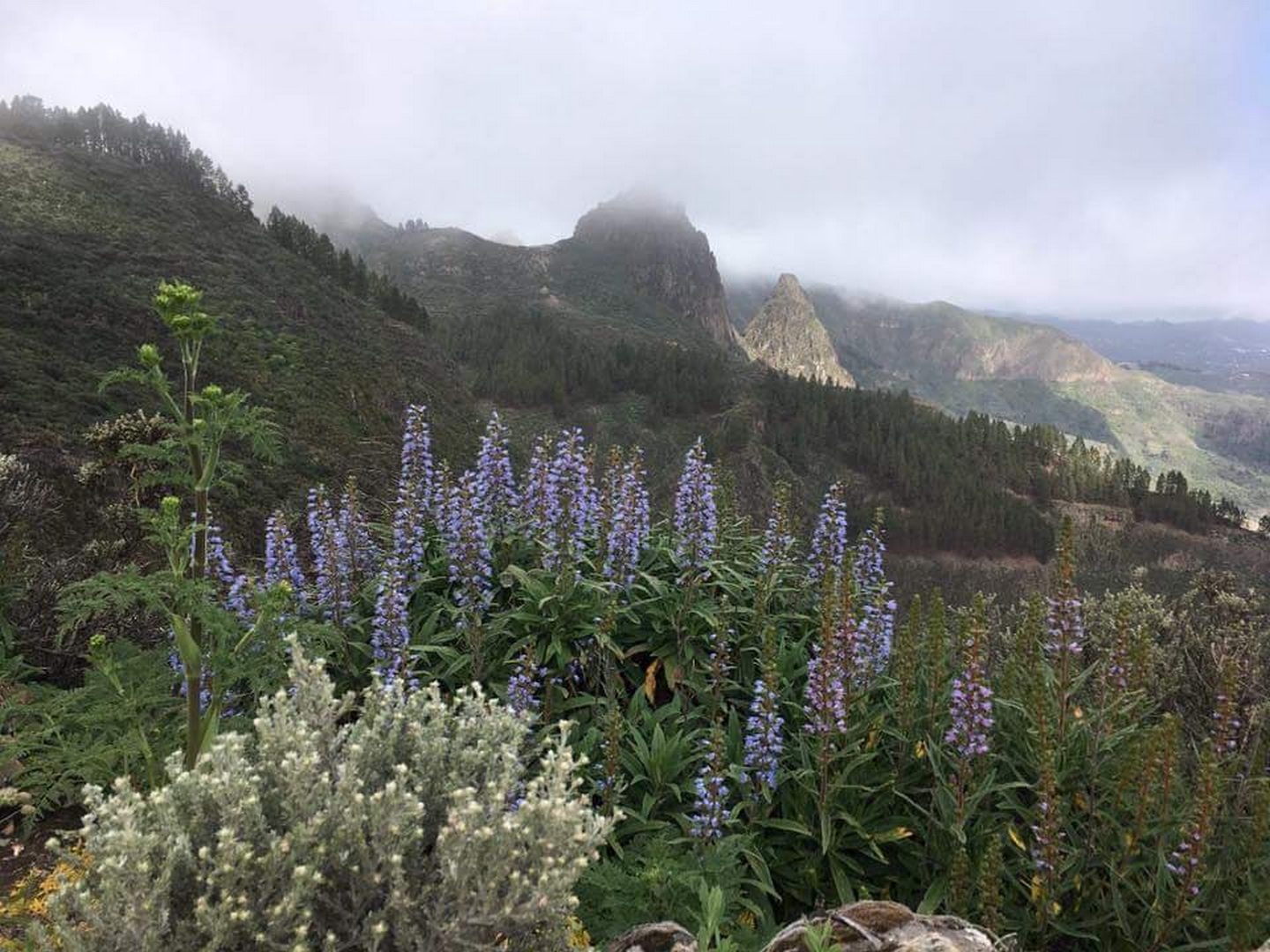
View over the Osorio valley from Osorio Peak showing Echium callythirsum, foreground, and Pinus canariensis on the slopes beyond (photo February 2019)
Aims
Viera y Clavijo botanic garden focuses on one of the hotspots of the world’s biodiversity, the Macaronesia region, comprising the Azores, Madeira, Canary Islands and Cape Verde. Working here for 7 months will give me the horticultural skills needed to work with this group of plants and the opportunity to transfer this knowledge.
I am passionate about Macaronesian flora for its diversity of habitats and variety of plants, from the native laurel forests (Laurisilva) to pines and echiums, I consider them a unique and threatened beauty. This experience will expand my knowledge of this group of plants and the opportunity to work with them has been invaluable to me. I am keen to learn more about their cultivation for both ornamental and conservation purposes.
Viera y Clavijo has the largest living collection of Macaronesian plants and is renowned for its vision in conservation. I strongly believe that the knowledge that I will gain through this work experience will enhance my horticultural skills, which I will be able to transfer into my future career aspiration to work in a botanic garden.
Objectives
Under the supervision of staff in the living collections department of the garden, planting, cultivation and curation of the public collections of Canarian endemic flora, both at the main nursery and at the educational nursery which is devoted to outreach and promotional tasks, and to the exchange of specimens with other institutions.
Other general tasks including pruning of trees/shrubs, preparation of soils, preparation and landscaping of public areas, maintenance of nurseries and greenhouses, irrigation regimes, etc.
In coordination with staff at the Seed Bank, growing species of interest for the research conducted at the garden.
As part of the Ministry of Environment and as an associated unit of Spain’s largest scientific institution (the CSIC), the “Viera y Clavijo” Botanic Garden is deeply involved in the conservation and management of the Canary Islands flora through implementing the results of updated scientific and technical research. In the area of ex situ conservation, the centre is responsible (among other tasks) for the implementation and monitoring of the approved recovery plans for the most threatened endemic plants in Gran Canaria; my duties will include the cultivation of many of the nine most critically-endangered taxa for the purposes of exhibition as part of the garden’s public collections and, eventually, for reinforcement of the wild populations.(see http://www.jardincanario.org/especies-amenazadas-flora#all)
As for in situ conservation, the Garden hosts the largest Seed Bank in Macaronesia, and part of my duties will be linked to this facility and to the European projects currently led and/or participated by its staff (see http://www.jardincanario.org/proyectos#all).
Jardin Botanico Canario ‘Viera y Clavijo’
This is the largest botanic garden in Spain, and it has become a model for the role of conserving local endemic flora. The garden of 27 hectares was established in 1952 by Eric Sventenius, a Swedish botanist whose aim was to conserve and protect the rich endemic flora of the islands. He devoted many years to finding the optimal site that could successfully accommodate as many of the diverse plant species of the Canary Islands as possible. Most of the garden is laid out in a series of terraces along a steeply sloping side of the Barranco de Guiniguada, where plants grow in their natural environment and according to their own vegetation zones (i.e: Laurisilva, thermophilous (dry) forest, coastal areas, pine forest, etc). It is located in Tafira, close to Las Palmas in the North of Gran Canaria.

Viera y Clavijo’ holds the largest living collection of Macaronesian plants and is renowned for its vision in conservation. Furthermore, The Gran Canaria Declaration calling for a Global Program for Plant Conservation (BGCI, 2000), which resulted in the Global Strategy for Plant Conservation (CBD, 2003), was led by this botanic garden. This garden carries out ex situ conservation projects to protect the local flora accompanied by active public engagement. It is a supporting institution for the conservation of Macaronesian plants in situ and also has a living collection of germplasm and a seed bank to protect against extinction. It is truly a centre for research, conservation and communication. The garden also has a large living collection of cacti and succulents from America and Africa, with 3000 plants representing this huge diversity.
My role in the garden: Horticulture and Science.
This garden has a scientific and horticultural approach as in the Royal Botanic Gardens Edinburgh (RBGE) where I studied for my HND in Horticulture with Plantsmanship. My work experience at ‘Viera y Clavijo’ was in four departments, chosen for my personal interests:
1. Living collection
2. Reproductive biology
3. Endangered species (conservation in situ)
4. Seed Bank
Seed collection: I collected seeds around the garden for later propagation, the following are some examples:
Hypericum caodonatum: an endemic from the island of Gran Canaria. This species is endangered in the wild and occurs in the Laurisilva forests in shady and humid locations
Sideritis discolor: is also at risk of extinction and one of the key species that the garden is focusing on for ex situ conservation.
Seed sowing:
Pericallis hadrosoma: is present in both the Laurisilva and in rocky uplands. This plant is unique to Gran Canaria and has been at risk of extinction for many years; it makes a nice display when in bloom.
Other key species: Isoplexis isabelliana, Solanum vespertillo ssp. Vespertillo, Sideritis gomerae, Anagyris latifolia, Gonospermum oshanahanii.
Lotus pyranthus: is endemic to the island of La Palma, IUCN status critically endangered. There are current conservation efforts from the government to preserve this species in La Palma. Cuttings were rooted in an enclosed unit.
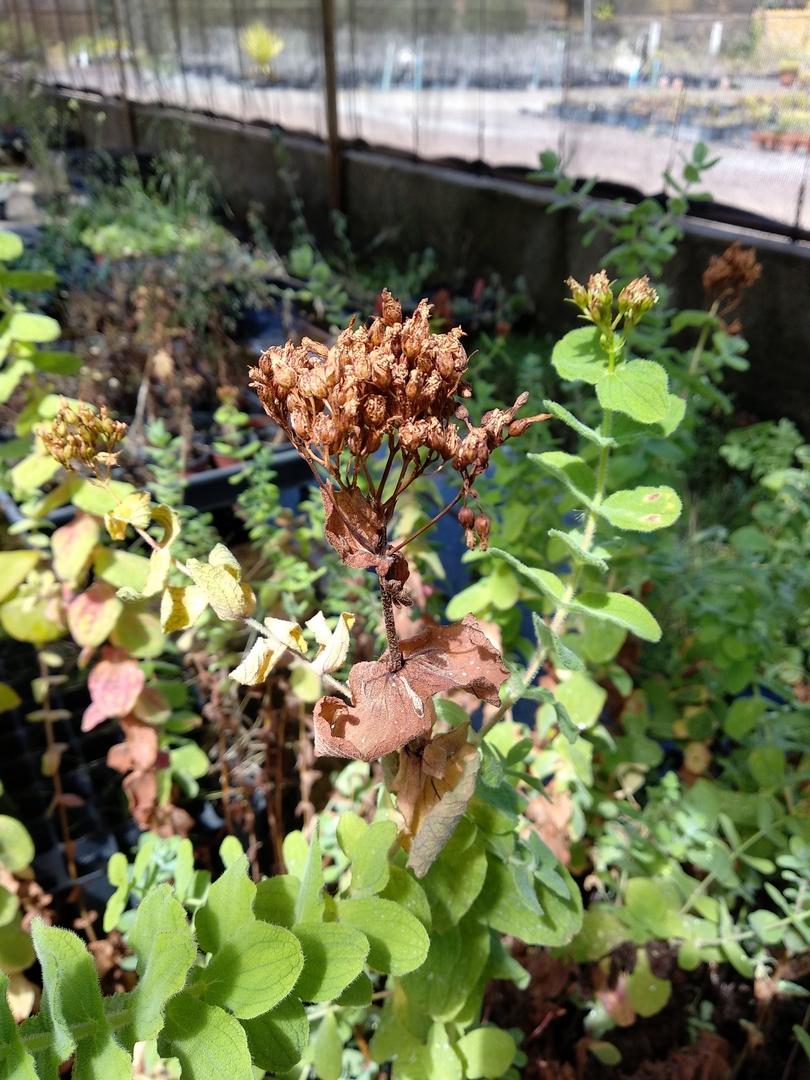
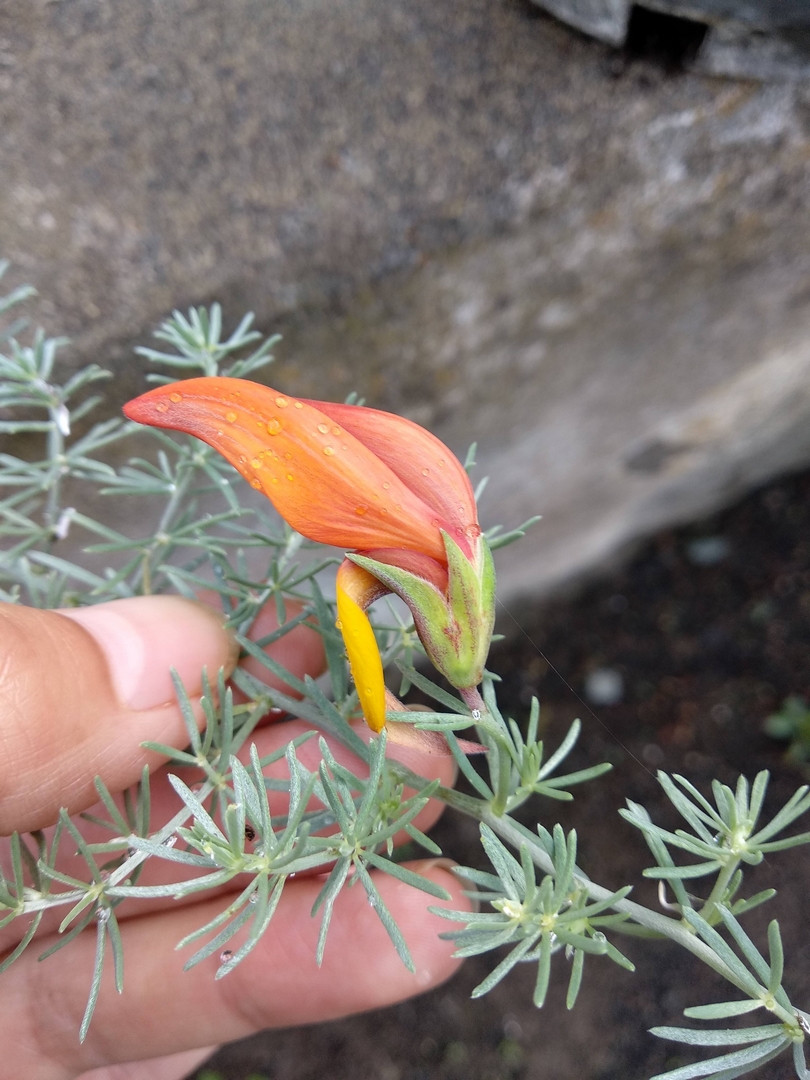
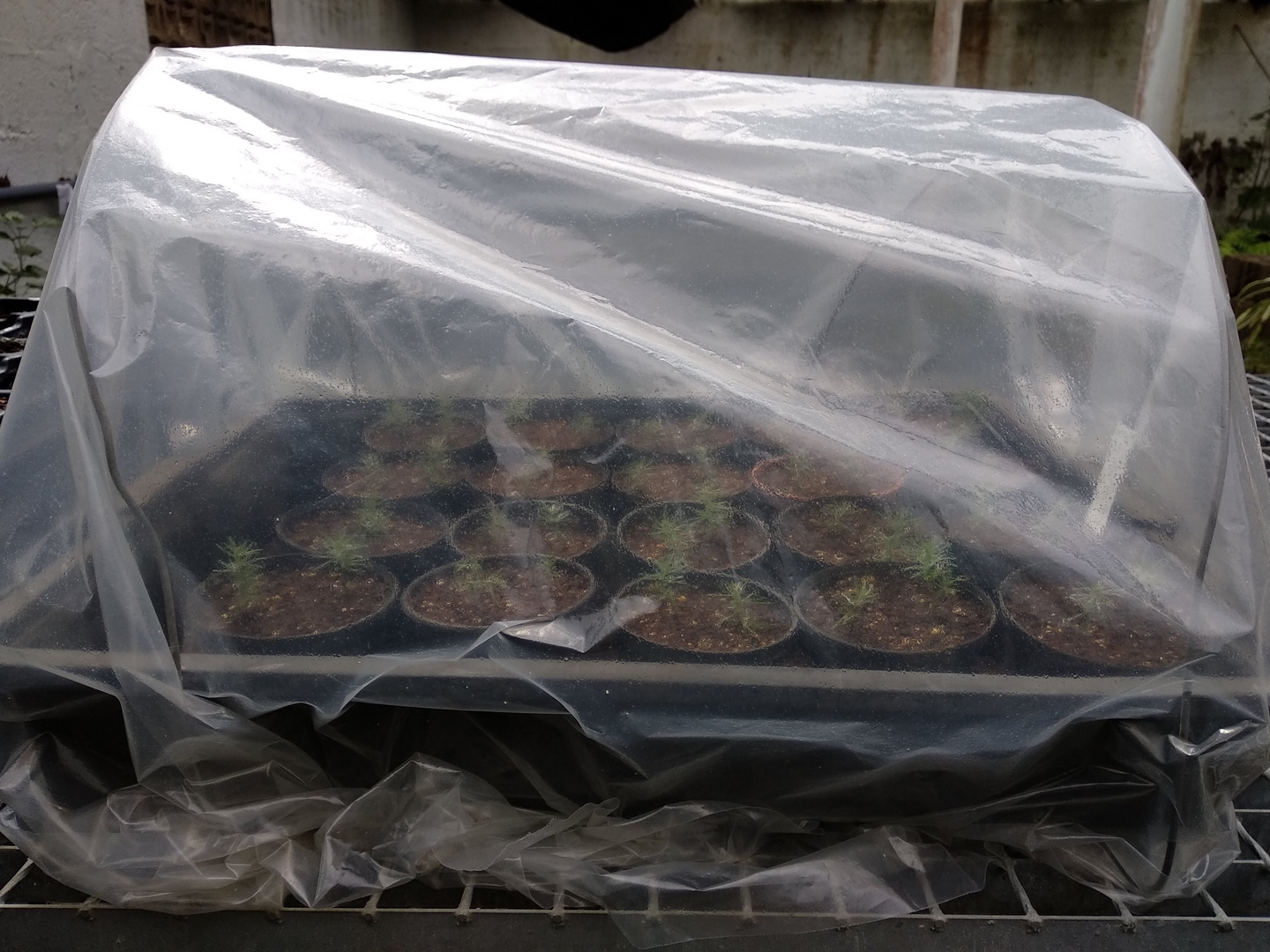
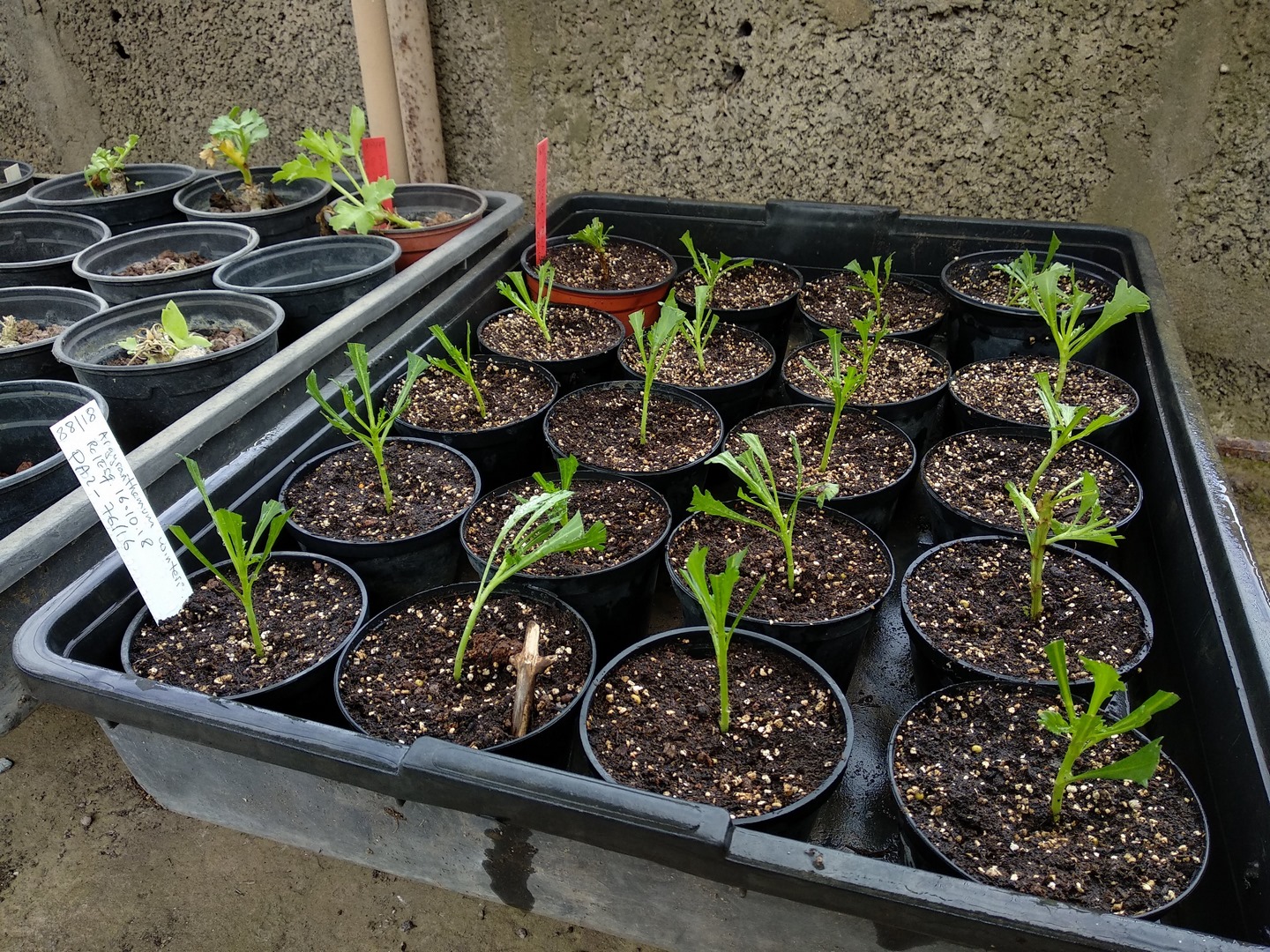
Argyranthemum winteri. Softwood cuttings were taken from new growth when the plant was actively growing; it is dormant during summer due to high temperatures. This species is endemic to Fuerteventura and is in a critical conservation status.
Limonium dendroides is an endangered species native to La Gomera: The plants grown in the living collection have all been propagated in this way. This species has a complicated reproductive biology, resulting in a high incidence of non -viable seeds. However, recent studies have discovered that when two different flower types are cross-pollinated (called COB & PAP) then the resulting seeds are viable. This is good news for conservation efforts as numbers continue to decline in the wild and seed propagation is needed for reintroduction in its natural habitat.
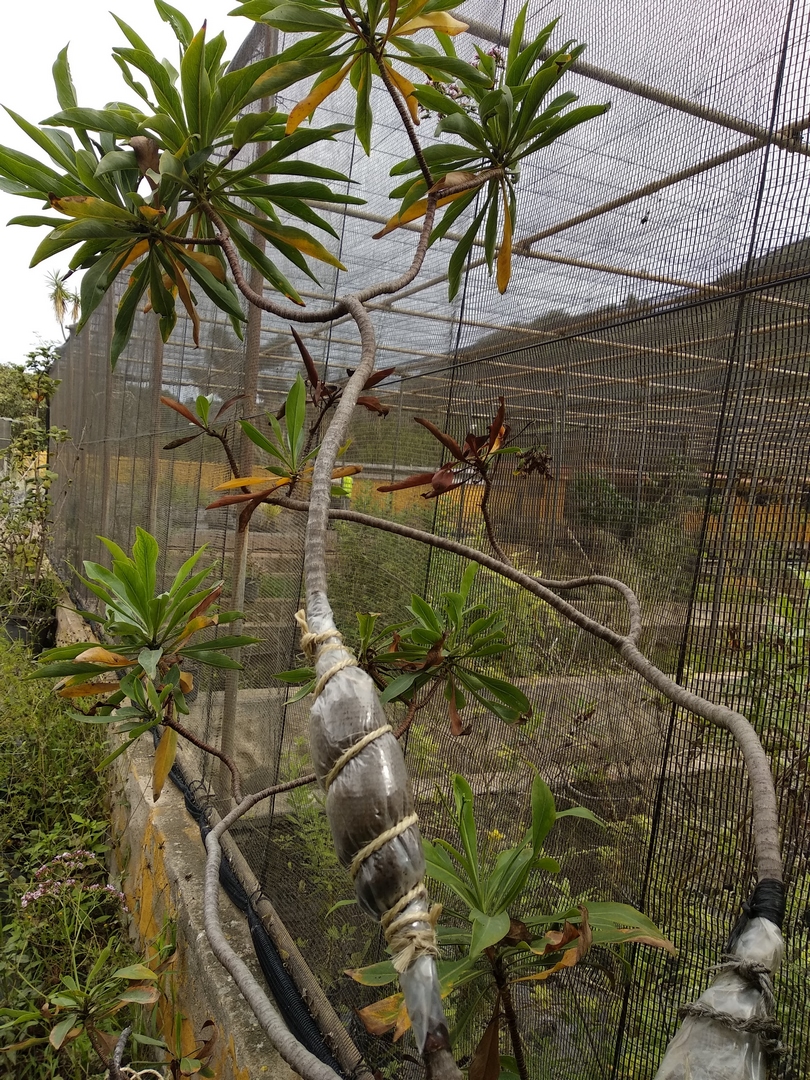
Pricking out of Aeonium tabuliforme
Pricking out:
This plant died in the living collection and rotted due to high rainfall at the nursery. Fortunately, some seedlings grew spontaneously in a nearby pot and could be ‘rescued’. This task had to be done very carefully using tweezers as the plantlets were mixed with growing weeds.
Nursery rearrangement:
The central nursery was built in the 60s and little has changed since that time. It was a rather disorganised space when I started my work. I was assigned an area within the nursery which I could personally manage as an aftercare area for all the specimens I had propagated during my stay, including several species of high ecological importance. I took care of all the routine horticultural work, finally deciding when they were ready to be planted out in the living collection or be used as a part of the in situ reintroduction programme in the wild.
I completely emptied the space, so a new layout could be designed and organised. My tasks included remove all plant material and debris, make an inventory of existing plants, record dead plants, washing pots and equipment and general cleaning of the area.
– Isoplexis chalcantha
– Pericallis hadrosoma
– Pericallis appendiculata var. Preauxiana
– Sideritis discolor
– Dracaena tamaranae (less than 100 specimens in the wild!)
Your Content Goes Here

Planting out in the Living Collection:
Planting out of nine Pericallis appendiculata var. Preauxiana in the Laurisilva area. This species is almost extinct and of great ecological significance. It was important to choose a correct site and design the layout for the plants to provide naturalistic setting in partial shade under the canopies of Laurel trees. A small pathway has been left between the plants as visitors sometimes walk through the beds and damage the herbaceous plants in this part of the garden. The plant has a creeping habit and spreads with stolons. If they establish well, it will create a ground cover over with the fallen leaves of the laurel trees. The white colour of the leaves makes a very nice eye- catching contrast in this mostly green and shady spot.
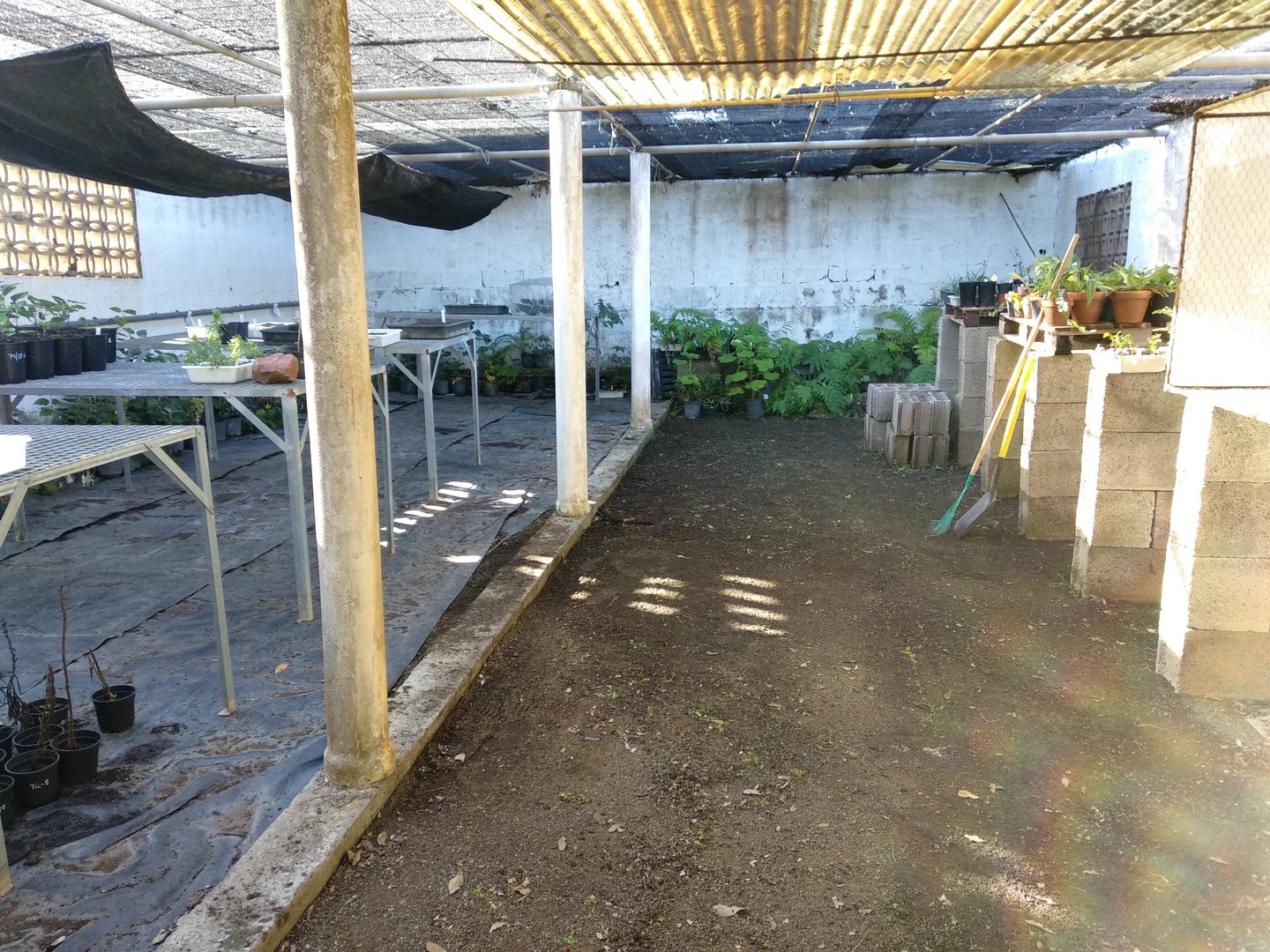
Planting out Aeonium castello-paivae in the La Gomera bed to complete and re-stock empty spaces, again using a naturalistic layout as if the plant had seeded itself. Background plants are Limonium dendroides and Sideritis gomerae.
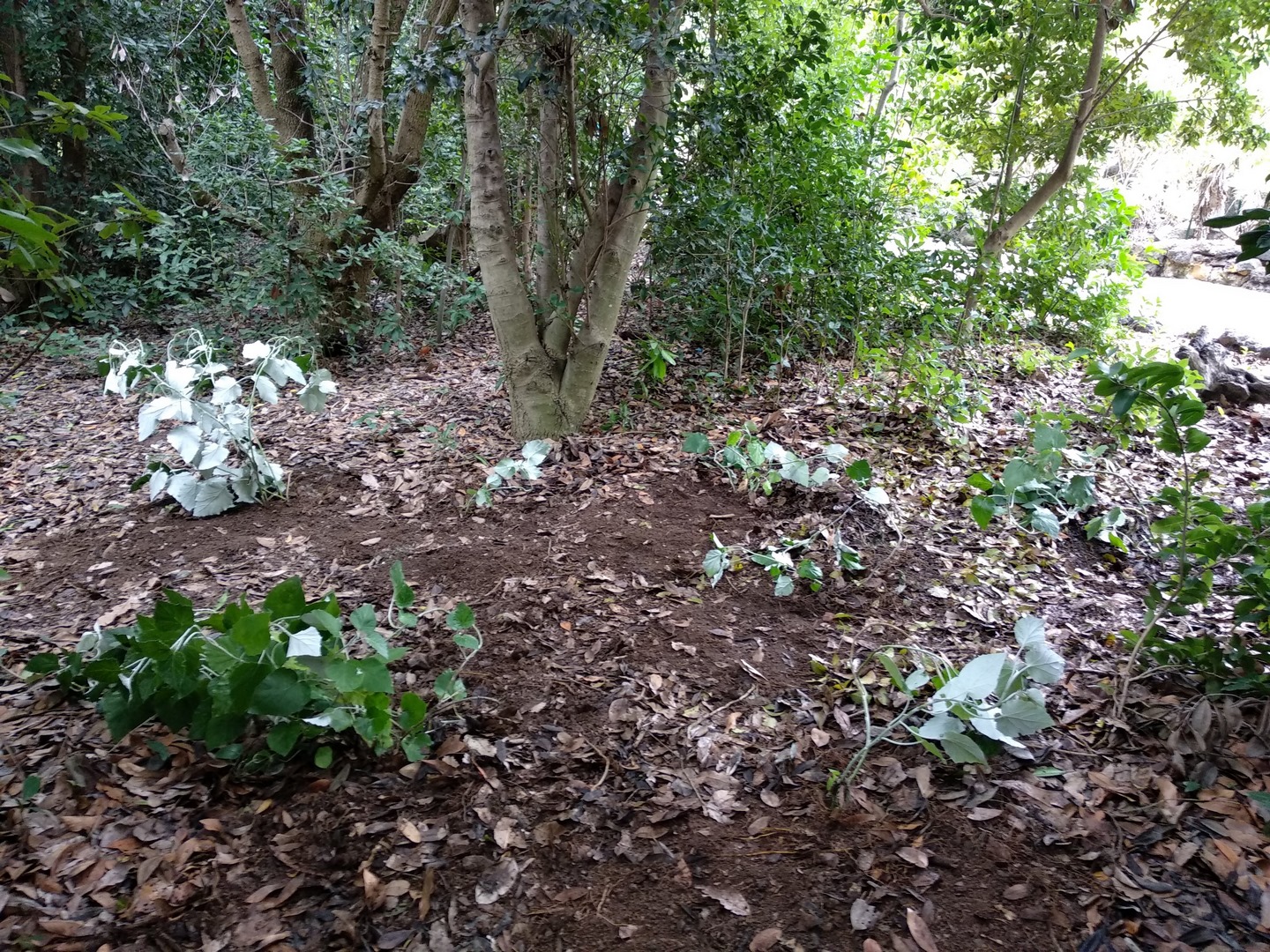
New planting of Canarina canariensis in the Laurisilva area of the garden.
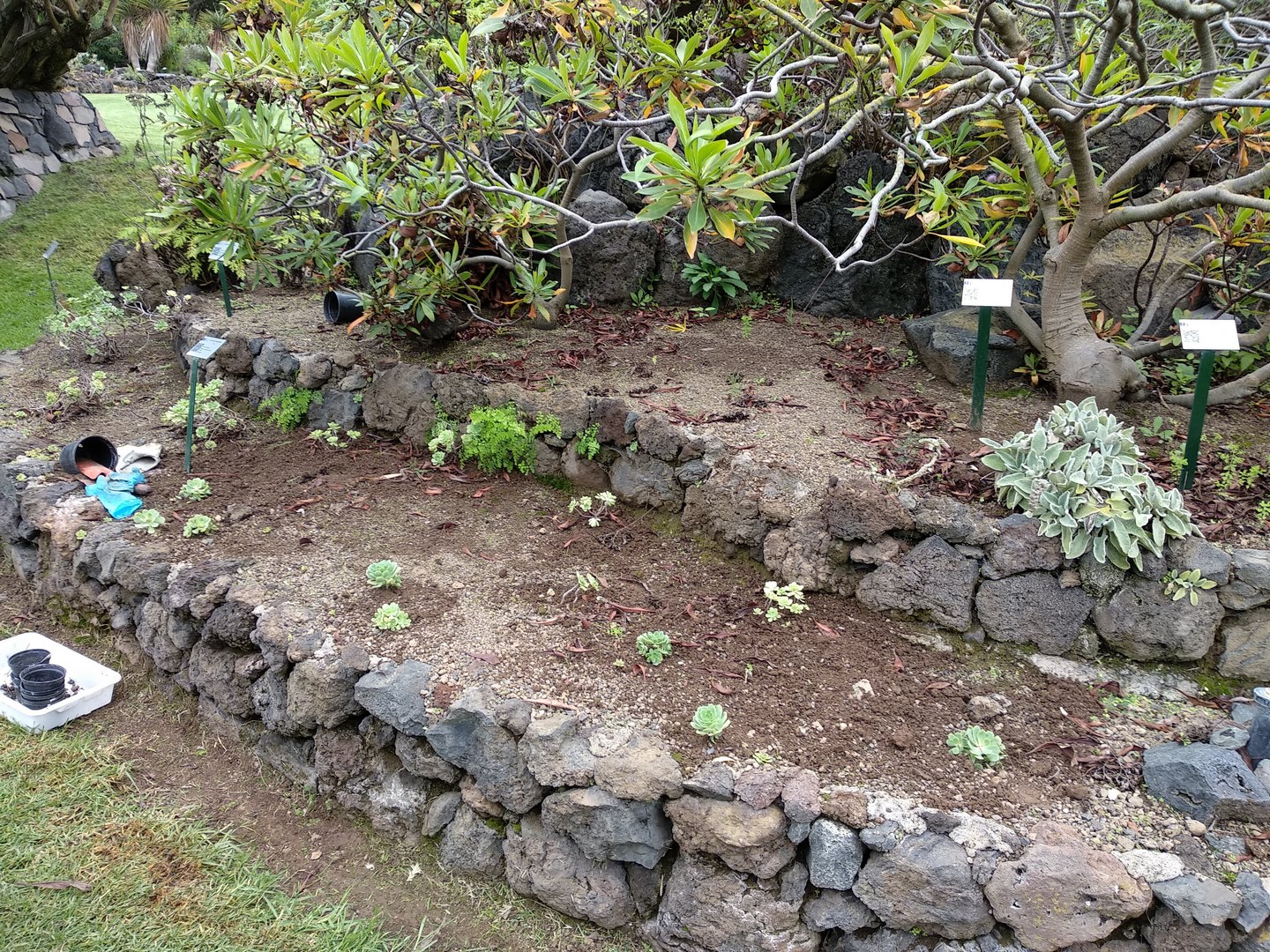
Cistus monpeliense: found in the wild under Pinus canariensis.
Sonchus canariensis; Planted in humid areas, in a bed containing Canarian plants.
Gonospermum oshanahanii: This plant is found near the pine areas but it is almost extinct in its natural habitat and of high ecological importance.
Argyranthemum vicentii: spontaneous seedlings were lifted from the ground and potted on at the nursery in order to increase the back-up numbers. This species is found at 800-1800 metres in sunny pine woodlands.
CONSERVATION EX SITU: The case of Pericallis appendiculata var. Preauxiana.
The species is endemic to the Canary Is but this subspecies is found only in Gran Canaria. There is a census stating that there is only one population left in the wild with only one plant remaining. This last gem was found in the thermophilic forest, hidden inside a shady, humid and deep ravine, probably where it could escape from human pressure. From an ornamental point of view, Pericallis is a herbaceous perennial plant growing in the Laurisilva forest, hence it is a shade loving plant and tolerates high humidity.
‘Viera y Clavijo’ had another plant in the garden and for conservation purposes, for many years (for around 8 years) year after year, it has been propagated to get higher numbers. However, seedlings always died after few days, showing that the seeds lacked vigour. In the light of this, Jose Cruz Guedes, senior horticulturalist at Viera y Clavijo decided to go into the wild and collect material to try something new. Due to the small numbers left in the wild, he took a cutting from a plant sited in a steep slope and brought it back to the nursery to propagate it. After a while it rooted and eventually produced flowers and seeds. However, the plant produces flowers of two different types and it is was discovered that seeds with sufficient vigour are only produced when these are crossed. This was done by hand pollination and has provided a new generation of viable seeds that were sown in the nursery, giving hope for future recovery of this species.
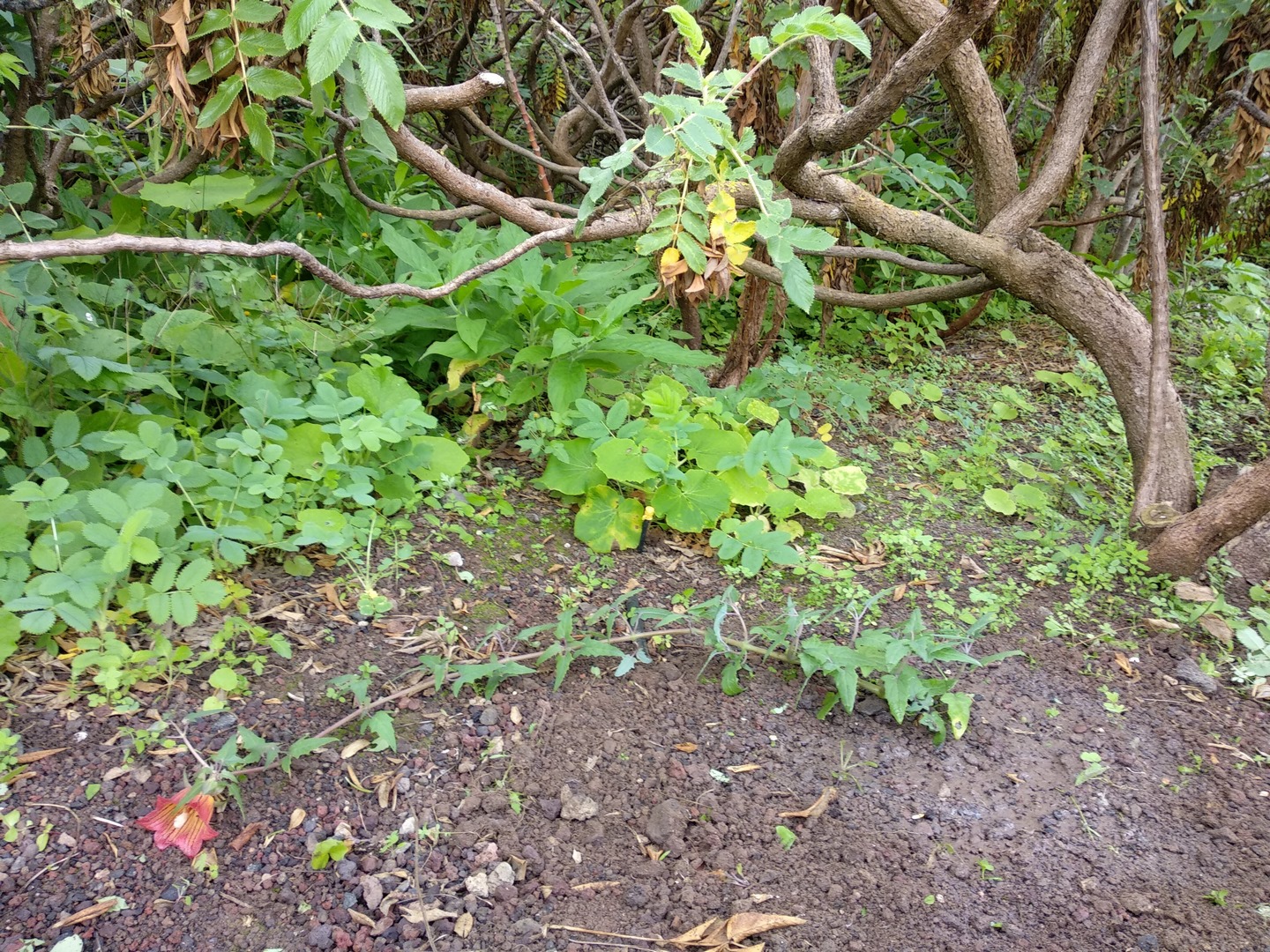
Personally, working with this species has been the highlight of my experience in this department. I am grateful that I could participate in each propagation stage for this unique species from seed sowing, germination recording, pricking out, potting on, watering, layering, hand pollination and finally planting out in the Laurisilva bed. The last stage missing would be to collect the resulting seeds over the summer!

During my six weeks working in this department I carried out developmental studies on Teline nervosa, Retama rhodorhizoides and Heberdenia excelsa as
a preliminary study of their flower reproductive biology. I have also performed hand pollination on Convolvulus floridus, Canarina canariensis and Pericallis appendiculata var. Preauxiana.
For more technical studies, I used microscopes and specialist software for pollen counting and did flower dissection for subsequent biometric analysis.
This planting is part of a trial being carried out by the garden on how this species responds to reinforcement of the wild population. A controlled area of 10m x 20m has been enclosed and is being monitored to evaluate results and identify possible strengths and weaknesses of reintroducing them. If the trial is successful, then there are plans to plant larger areas of this land, which has been severely degraded by human intervention.
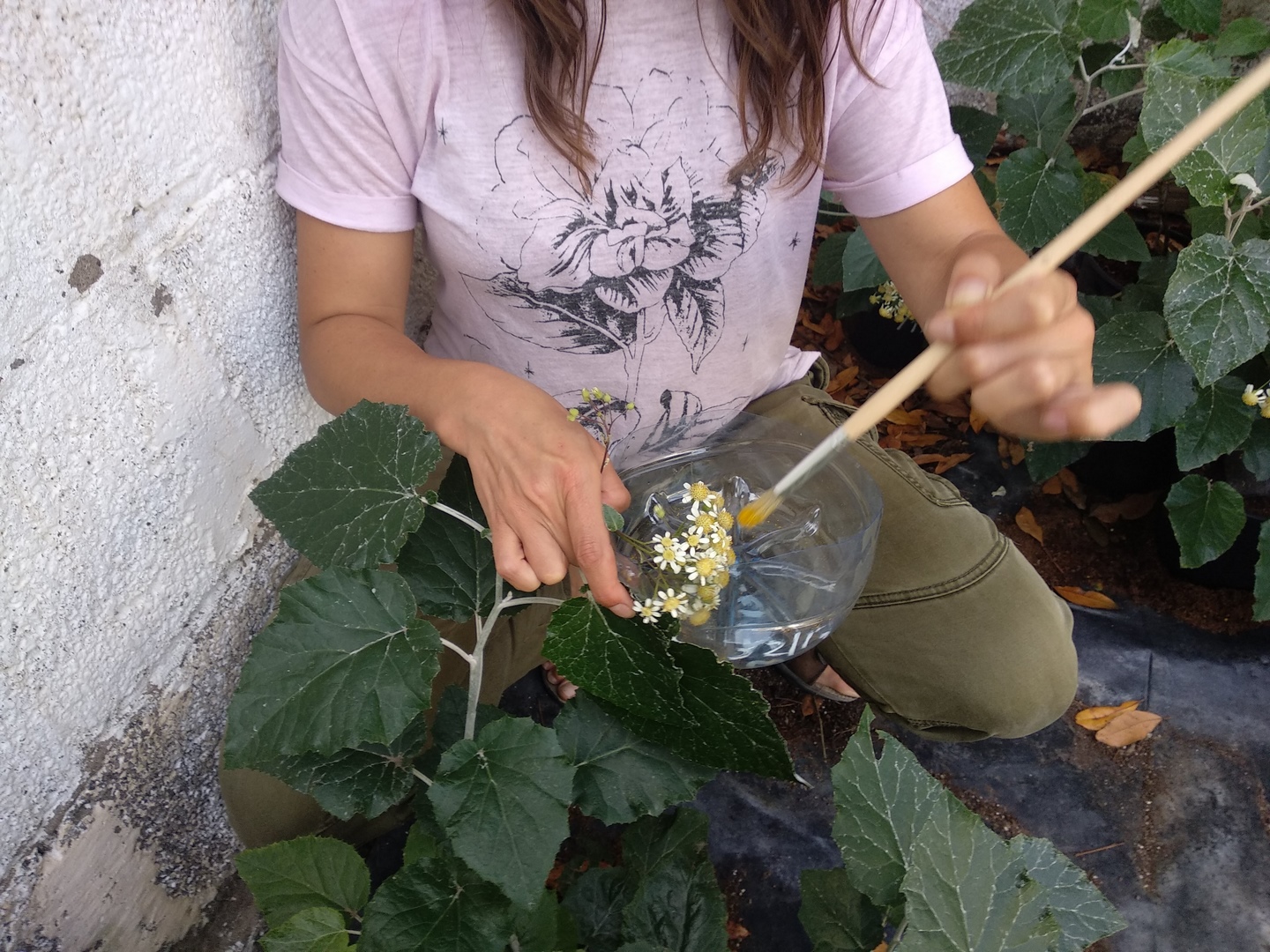
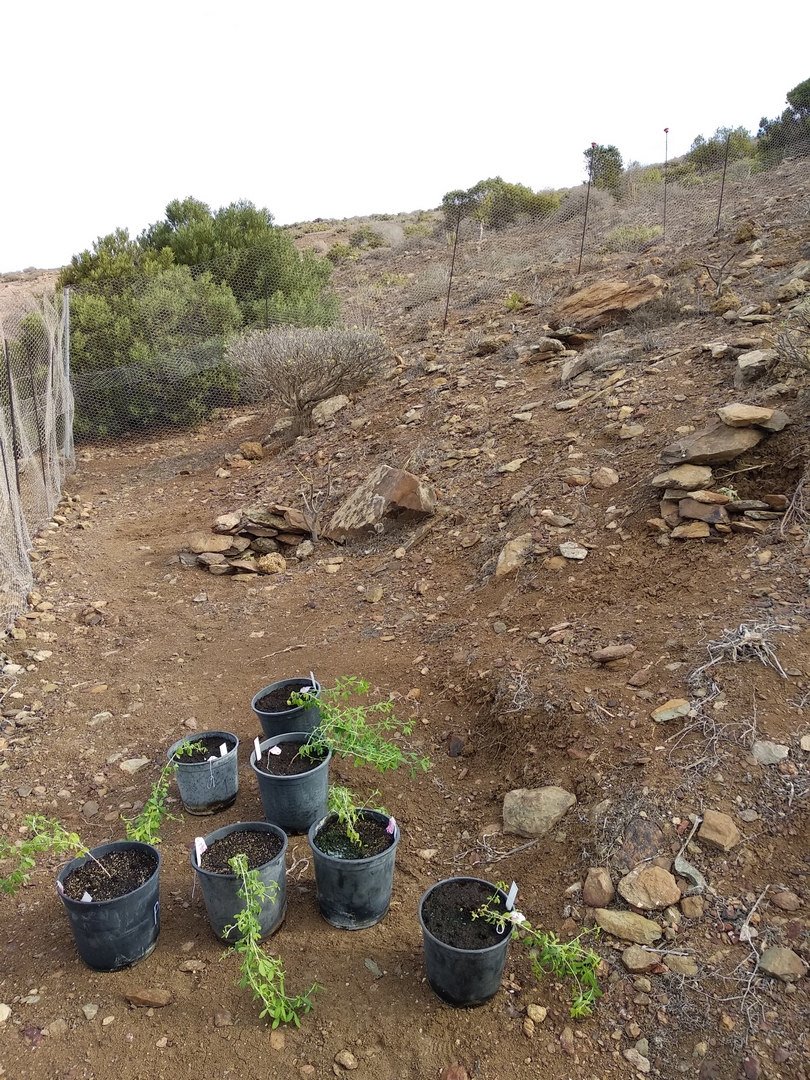
Reintroduction and monitoring of Isoplexis chalcantha in the Laurisilva forest of Osorio: This plant is endemic to Gran Canaria and its status is shown as Critically Endangered in the IUCN Red List.
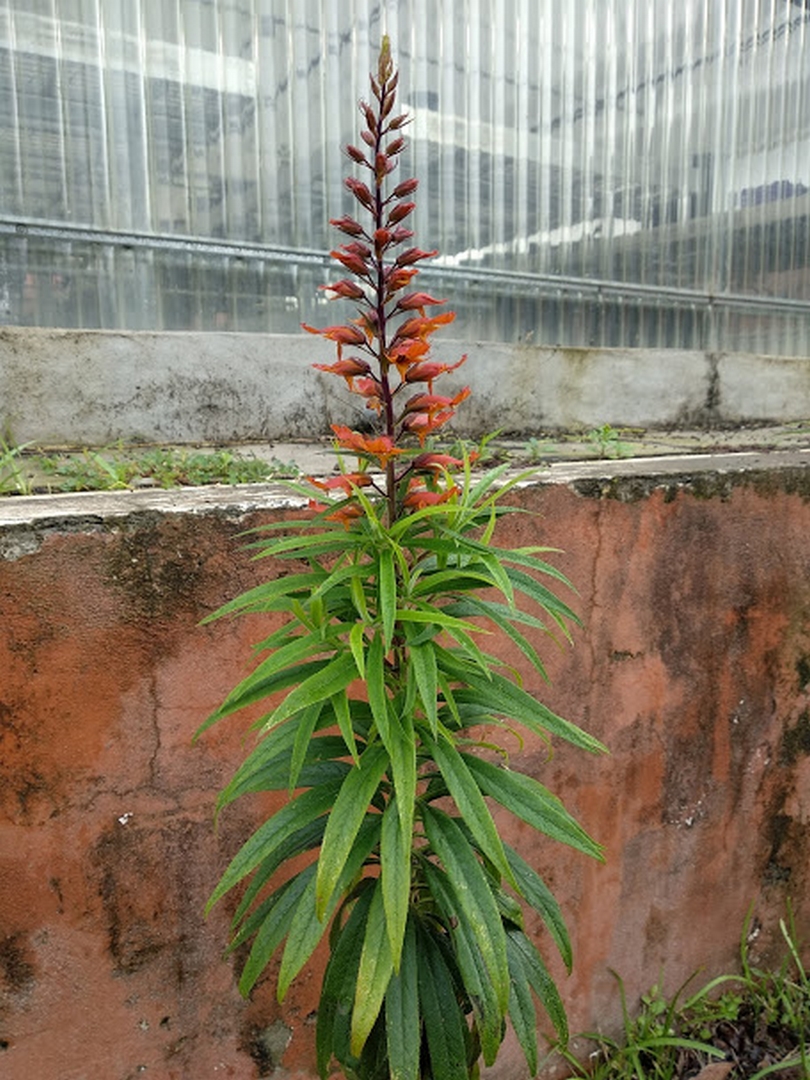
Atractylis arbuscula ssp. Schyzogynophylla is an endangered species endemic to Gran Canaria and occurring on the North-facing cliffs of “Acantilados del marmol”.
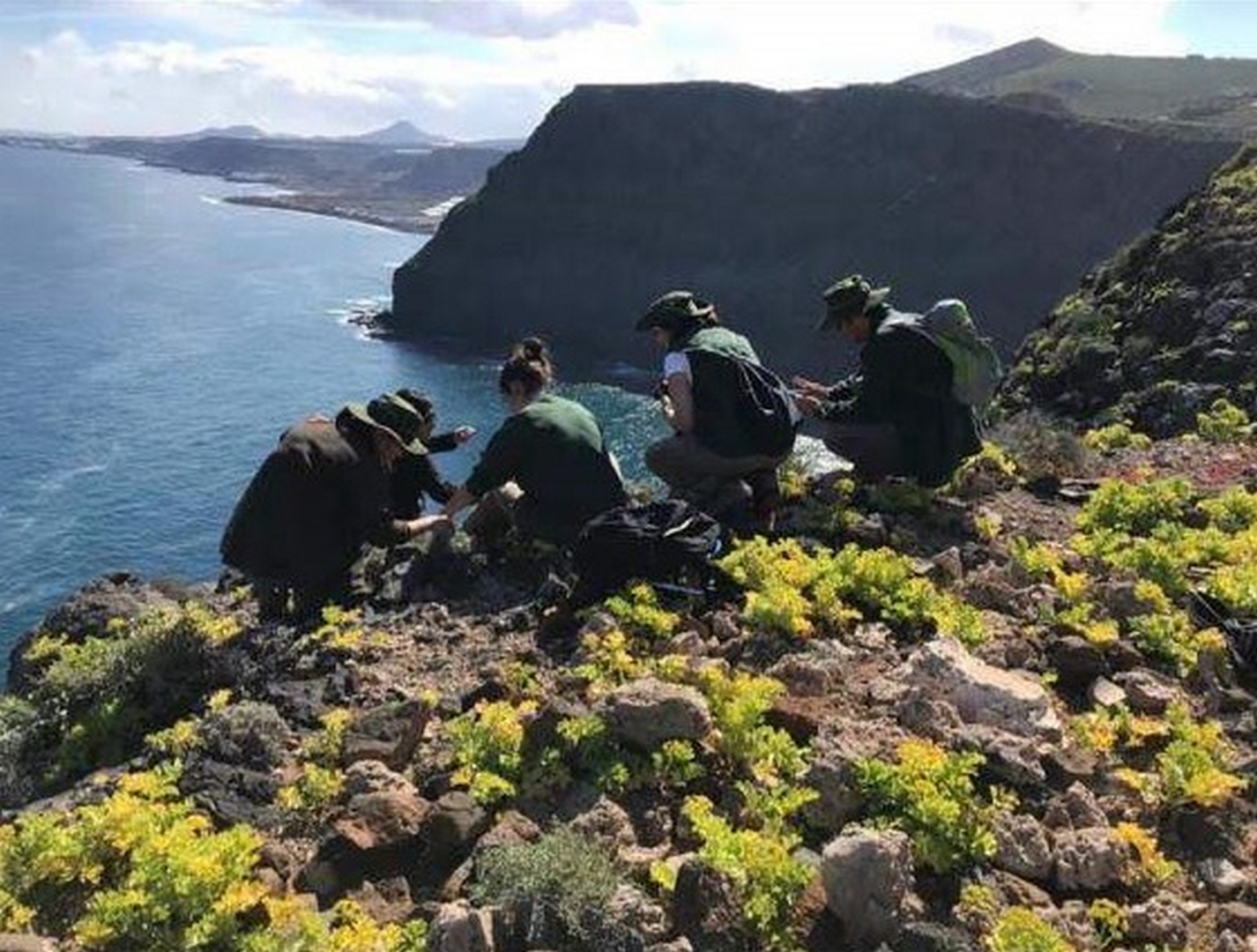
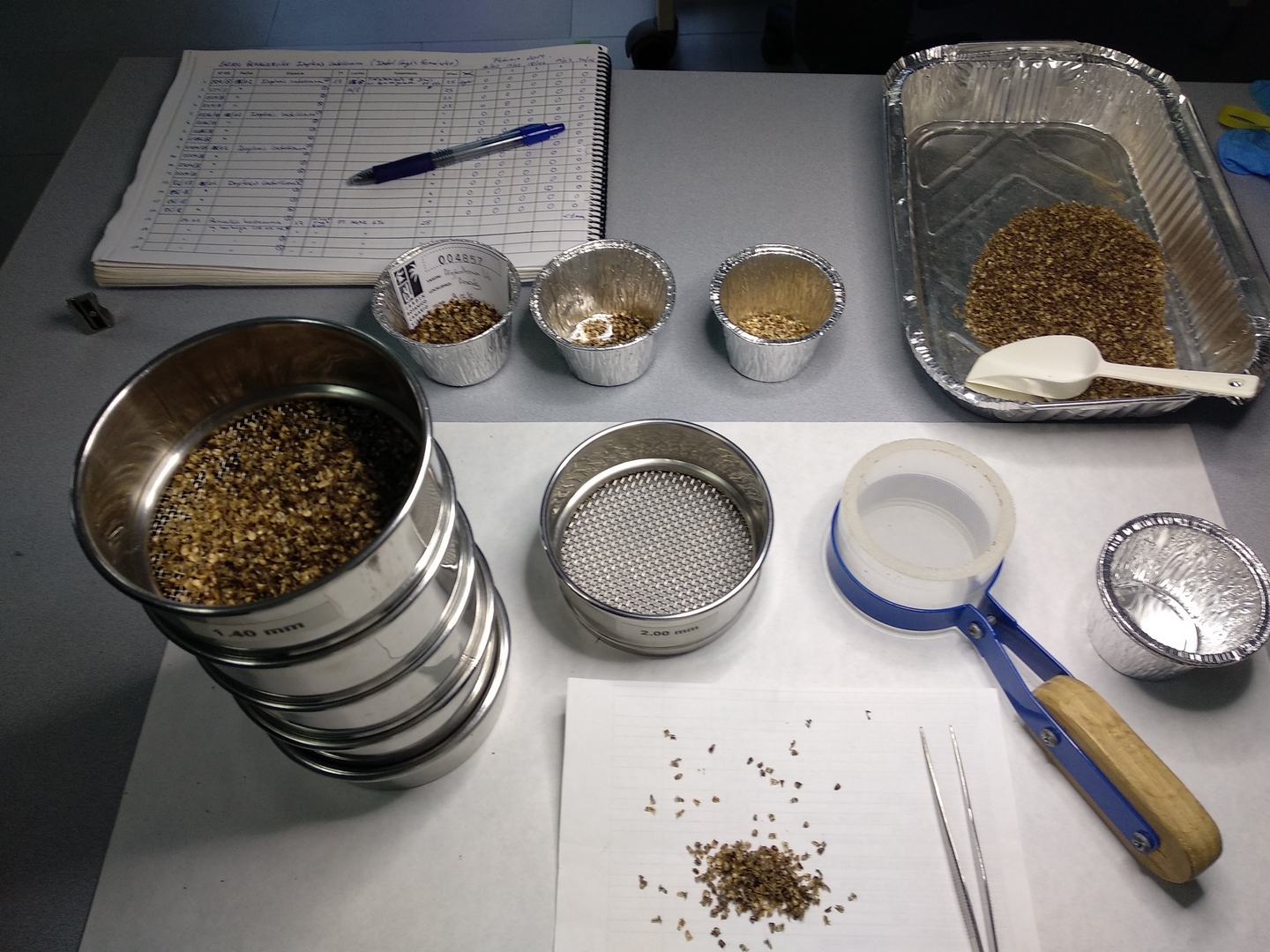
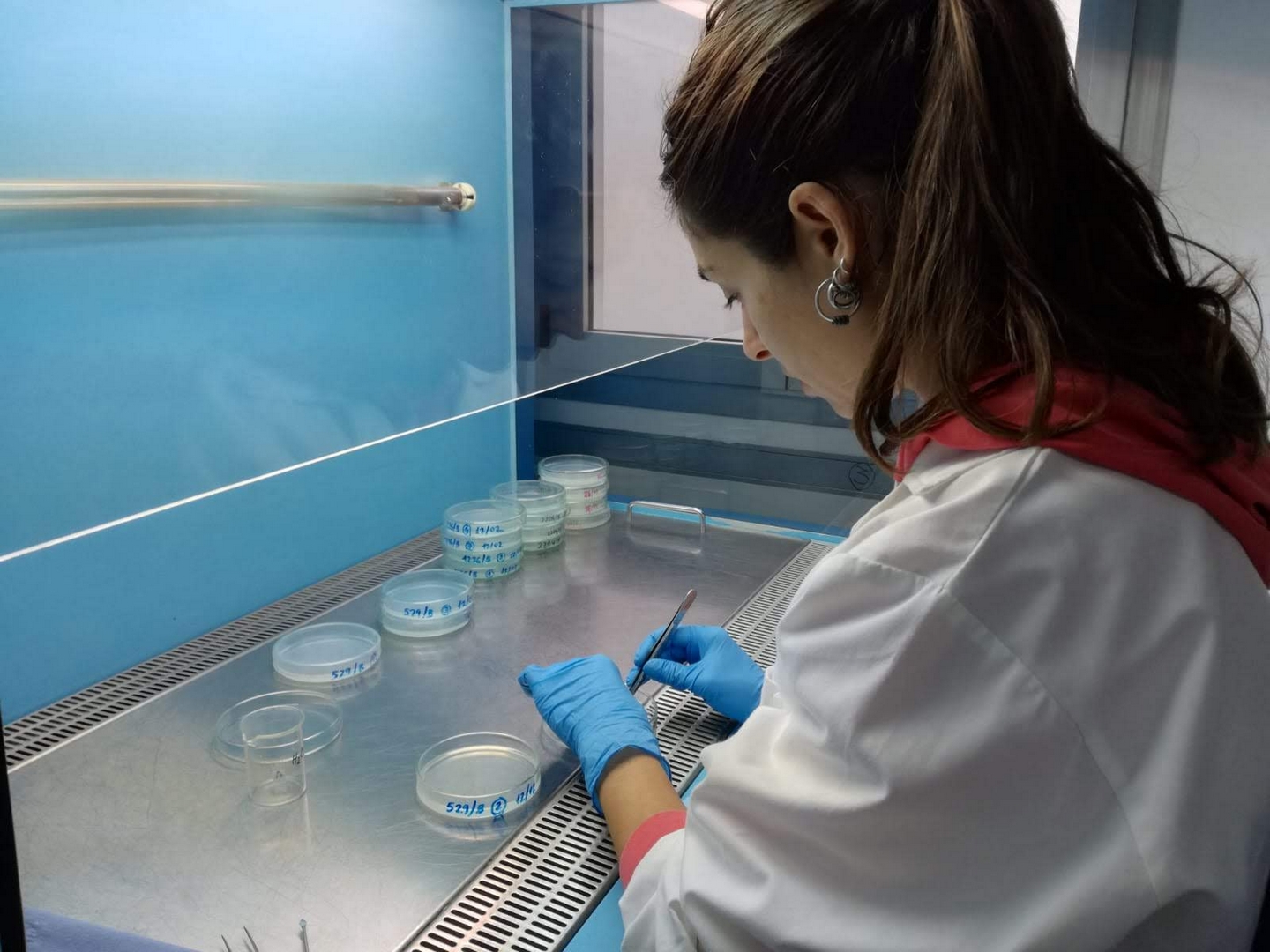
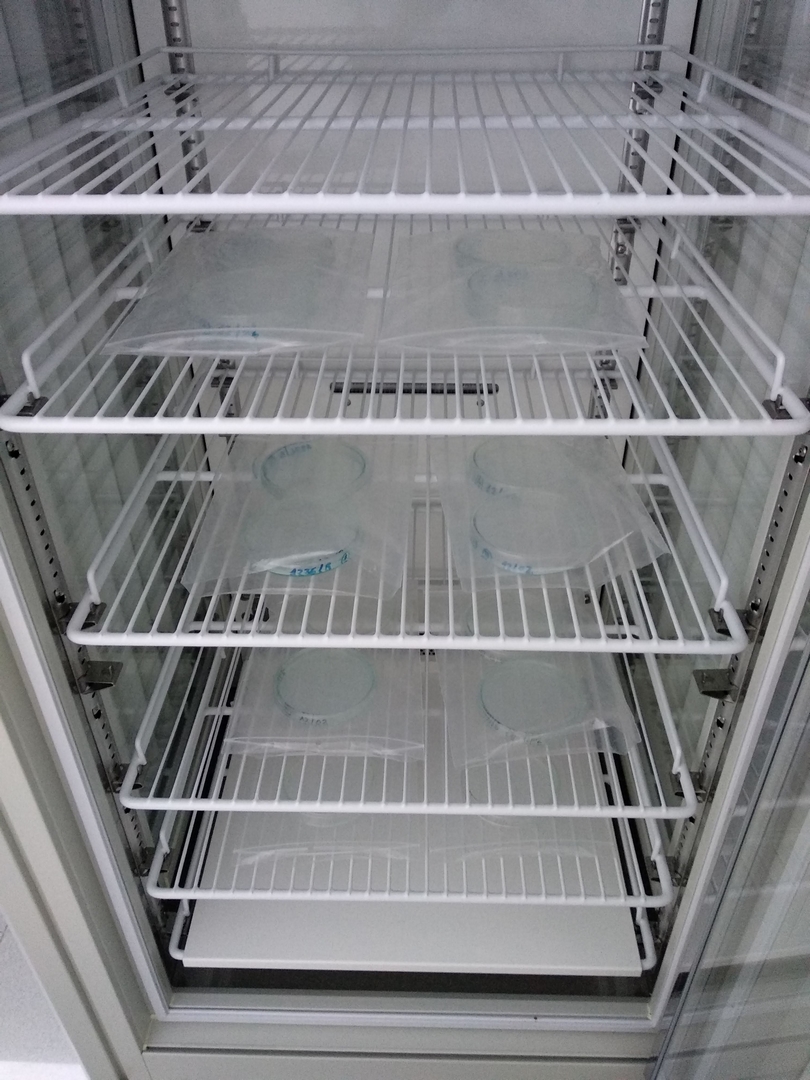
To sum up, I have gained a varied experience within the garden for both horticulture and science, This has definitely improved my knowledge in Macaronesian Flora and enhanced my career aspirations to work in a botanic garden. After finishing my placement, I immediately started my new job at the beginning of June as a horticulturalist in the Gibraltar Botanic Gardens. I consider this experience at “Viera y Clavijo” has been crucial for obtained this job. I will be working with cacti & succulents, Mediterranean flora, South Africa flora and I will redesign an existing Macaronesian bed with new species. My aspirations of working in a botanic garden have been fulfilled!
I offer my sincere thanks to the Bursary Committee and all MPG members for supporting me!

